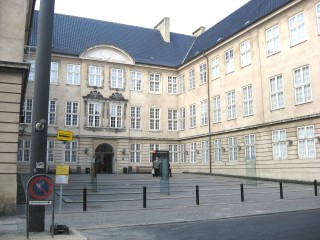
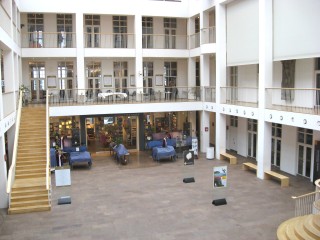
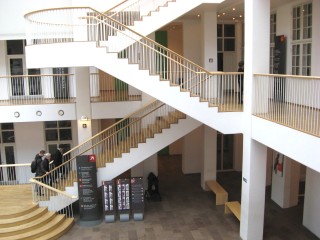
| ANNE WANNER'S Textiles in History / cieta conference in Copenhagen, Denmark - 2011 |
 |
 |
 |
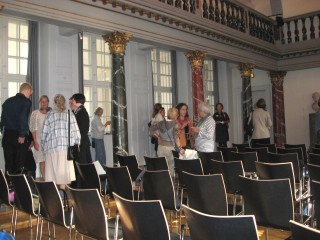 |
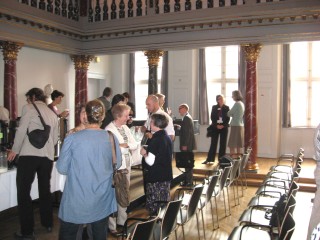 |
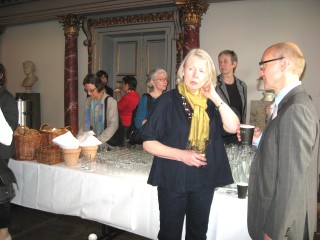 |
|
NATIONAL MUSEUM OF DENMARK,
COPENHAGEN |
| P A P E R S on E M B R O I D E R Y, L A C E, P R I N T E D T E X T I L E S |
| MONDAY October 3rd 2011 |
| Cliodna Devitt, Ireland |
| The Waterford
Collection of the 15th liturgical vestments Summary This forgotten collection was discovered in Waterford's medieval cathedral shortly after 1773. Comprising chasubles, dalmatics, copes, stoles and maniples made of Northern European embroidery and Italian velvet dating to the second half of the 15th century, the embroidery style and technique suggests several places of manufacture. Embroidered images include medieval narrative themes and their design is derived from various pictorial sources. Questions to be addressed include the supply of the unusual patterned velvets and assembly location. The vestments and surviving documents throw light on religious customs and activities in the cathedral and on Waterford's trade connections. |
| Lena Dahren, Sweden |
| Regina Basilier -
dealer of luxuries in the early 17th century Summary It is rare to identify items dated early 17th century from inventory lists and even more to find reference to a trader. An inventory list from 1626, concerning furniture that belonged to the Swedish queen Kristina the elder, identifies a bed with curtains and canopy of white atlas and silver bobbin edgings - and gives the trader of the bed, Regina Basiliers, merchant of luxury belonging to a well-known trading family in Antwerp. Questions asked are: Who was Regina Basilier? How was her trading organized? What was she dealing in? |
| Melinda Watt, United States of America |
| The Four Parts of
the World: expressions of global aspirations in late
Stuart Britain Summary English embroidery of the 17th century is known for its imaginative use of Continental and British print sources, from biblical illustrations to popular contemporary subjects. This paper will explore the iconography of two unusual English embroidered panels from the Metropolitan Museum of Art's collection, whose decoration derives from late 17th century continental maps, among other sources. The subjects depicted on the panels include the Four Parts of the World, the Four Seasons, and Four of the Planets. The source of this imagery and its possible significance to a contemporary audience will be considered, along with a discussion of the original use of the panels. |
| Hanna E. H. Martinsen, Canada |
| Three exceptional
Swedish gentlemen Summary Two Eighteenth Century Immigrants bringing with them the latest in Textile Printing Technology, and the Swede who pioneered Chemistry Instruction for Swedish Textile Dyers. While textile printing was illegal in France, the Master Printer Jan de Broen was invited to establish a textile printing facility in the Stockholm area. He arrived in 1722 and began production at the Sickia workshop five years later. Tobias Lang trained as a textile printer in his native Hungary. After shipwrecking on Gotland in 1784 he settled in Visby. His existing notebooks provide an extensive description of printing developments and substantiate this craft's progress. In the 1740's the Swedish Office for Industrial Development encouraged the famous chemist Carl Theophil Scheffer to teach the first specialized chemistry classes for textile dyers. |
| TUESDAY October 4th 2011 |
| Barbara Karl, Austria |
| Habsburg collecting
of textiles during the 16th and early 17th centuries Summary During the time period in question the imperial Habsburg collections counted among the most important of Europe. They represented more than a mere assemblage of art objects. The concepts of collecting were multilayered and complex. The representative Kunst- und Wunderkammern for instance unfolded a theatrum mundi and were a laboratory half way between alchemy and science. Chapels and monasteries as places of collecting continued introspective medieval traditions. The proposed paper will explore the fascinating role of textiles as Habsburg collectibles of the sixteenth and seventeenth centuries and will attempt to answer questions such as: What was the nature of the textiles collected? Where were they stored? How were they used, received and exhibited? |
| Chiara Buss, Italy |
| Weaving and
embroidering with metal wire in Milan, 1550 -1630 Summary From a recent research on Milanese silks it emerges that extremely thin metal wire was the most common metal thread used to cover the ground of brocaded silks and plain cloths-of-gold produced in Milan in the second half of the 16th century. Wire - much thicker - was also used for the most important embroideries for the Church and the princely courts of Europe. The numerous documented Milanese silks strongly modify the general trend to attribute to Turkey or Spain such brocades and embroideries. In the course of the same research it was possible to recognize the very thick and narrow strip obtained from flattened and drawn wire, a type of lamella often described in historical documents, but that had never been recognized in Italian silks before. |
| Marielle Martiniani-Reber, Switzerland |
| A Siam ambassador on
a lace from the Musee d'art et d'histoire of Geneva ? Summary A long band of lace has caught our attention on several occasions. Indeed it has been published twice before, once on the occasion of a book edited at the time of the foundation of the Musee d'art et d'histoire in 1910, the second time in a catalogue produced for the exhibition of some of our lace collection in Japan, written by Youlie Spantidaki, in 2001. In the descriptive part of her review, Youlie Spantidaki noted the difficulties in attributing this lace to a precise production centre and date, because of its particular iconography. On the earlier inventory papers, the figure was identified with a character from the commedia dell' arte, as suggested by Giorgio Sangiorgi, the previous owner of the lace. Later the figure was, as seemed more likely, perceived as a Chinaman. Taking up this hypothesis, Youlie Spantidaki noted a few more 'tchinese-like"details. The present article will analyse in a precise manner the pattern of this lace and attempt to identify the theme and its models. |
| Beth Walsh, Great-Britain |
| Lace and mortality
in seventeenth-century England Summary This paper focuses on how a sustained examination of the representation of lace can enable a deeper understanding of the perception of mortality in seventeenth-century English society. The representation of lace is, of course, only one element of an art object, but my aim is to demonstrate that such a study can provide a more acute understanding of a given society and the art objects it produced. Including references to lace in diaries and plays, my examples range from oil paintings to memorial sculpture. The representation of lace carries meaning and agency concerning life, death and mourning which should not be ignored. |
| Daniele Veron-Denise, France |
| The gold embroidered
ornament from Berlaymont (Brussels) and the French
Revolution Summary Until the autumn of 2010 the nuns of the Berlaymont monastery in Belgium possessed a remarkable and sumptuous liturgical ornament, embroidered in gold thread on gold background, which they believed came from the generosity of Archduke Albert and Archduchess Isabelle (between 1598 and 1621). This attribution does not stand up to the stylistic study of the works that gives a date towards the end of the 17th century, or early in the next one. We have compared this ornament with another one, almost identical but embroidered in gold thread on silver ground, kept today in the cathedral of Verdun in France. And we put forward the hypothesis that both these works and a third one, identical to the Berlaymont ornament, all come from the famous twin abbeys of Stavelot-Malmedy in present-day Belgium, whose treasures were dispersed by the French Revolution. |
| Isabella Campagnol, Italy |
| Textiles in Venice
in the early 20th century: new discoveries Summary Guido Cadorin, Vittorio Zecchin, Umberto Bellotto and Raffaele Mainella were well-known artists working in Venice in the first half of the 20th century. Their works were appreciated all over in Italy and admired in such important exhibitions as the Venetian Biennale, the Esposizione Intemazionale of Monza or the Triennale in Milan. Much less known is their work as textile designers, even if many of their creations were also shown in those same important venues. The paper will present examples of these textiles, most of them unpublished and only recently rediscovered in the historical archive of the Venetian textile company Rubelli. |
| Lotika Varadarajan, India |
| The Tapis Moghol -
Provenance and Patronage Summary The Tapis Moghol, a hanging of extraordinary beauty, is in the holdings of the Musee de l'impression sur Etoffes, Mulhouse, France. A 17th to 181 century date could be ascribed to it. The hanging is extremely complex and brings together artistic features drawn from Persian, Thai, Chinese, Japanese and Malay manifestations while there is affinity with astrological paintings in Mogul, Persian and Deccani sources. Parallels exist with manuscript paintings at the Saraswati Mahal Library Thanjavur. Danish links with Tanjore are known and the paper seeks to position this textile within the purview of Danish provenance and patronage. |
| Elsie Janssen, The Netherlands |
| The textile
collection at the Rijksmuseum Amsterdam Summary The Rijksmuseum Amsterdam has a rich collection of textiles: besides tapestries, chintz, silk fabrics and printed textiles, there are damasks, oriental carpets, embroideries. Art Nouveau textiles and others. Parts of the collection have been published in catalogues and articles. Unfortunately, at this moment one cannot yet find much information about it on line. As the new curator of textiles, I would like to make the collection more visible. In this lecture I will look at the importance of the textile collection, give an idea about its diversity and compare it with some other museum collections. |
| WEDNESDAY SEPTEMBER 30th |
| Anne Wanner-JeanRichard, Switzerland |
| The Structure of a
Vocabulary of Embroidery Stitches Summary The project of a glossary of embroidery stitches arose among the members of the "Embroidery Group", one of the specialized groups under the banner of the CIETA. It aims to serve as reference to those experts who study and catalogue historic textiles. The scope of the glossary is also to help preserve knowledge about an ornamental craft which has been practised for centuries, but is today threatened with oblivion. I shall present the 4 booklets with basic embroidery stitches which have been published in the last 2 years. And I shall try to find an answer on how to continue with the project. |
| Visits and Excursions: |
| The City of Copenhagen is inviting the CIETA members to a reception at the City Hall: |
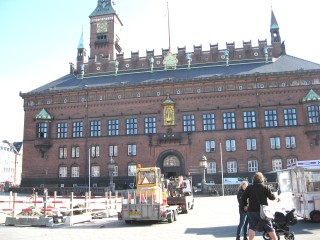 |
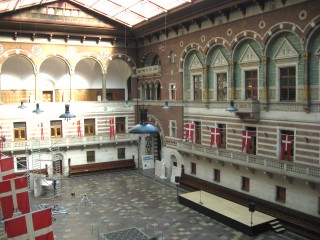 |
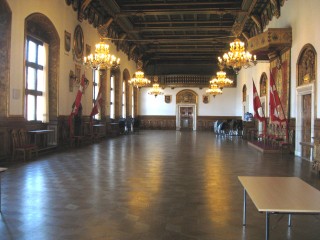 |
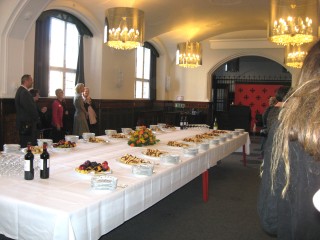 |
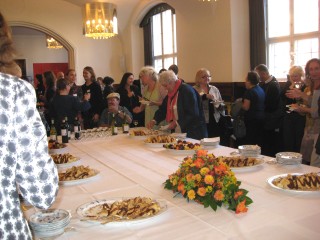 |
 |
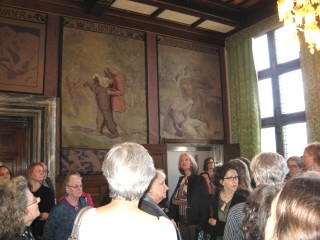 |
 |
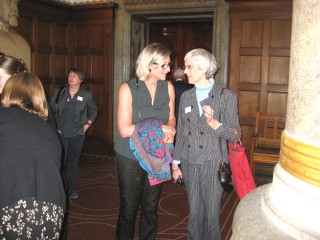 |
| Visit of the Design Museum Kopenhagen |
 |
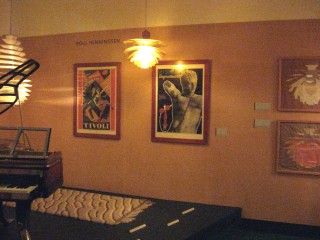 |
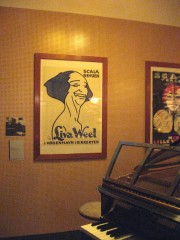 |
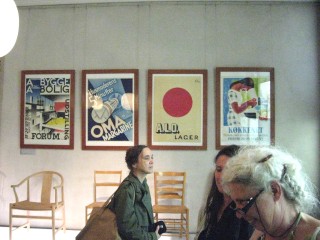 |
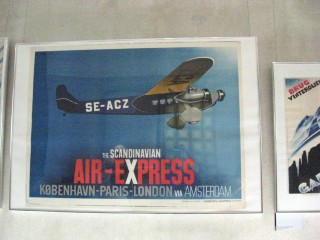 |
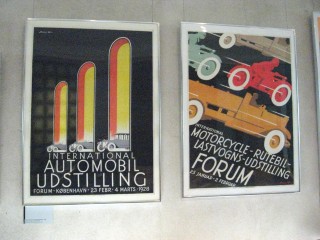 |
| Official Dinner of the 24th CIETA Congress meeting, at the National Museum of Denmark, Copenhagen |
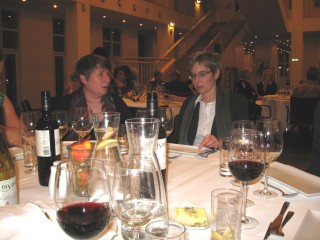 |
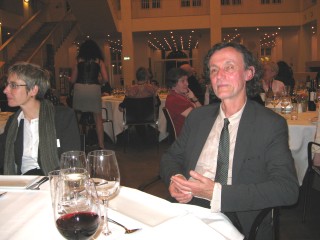 |
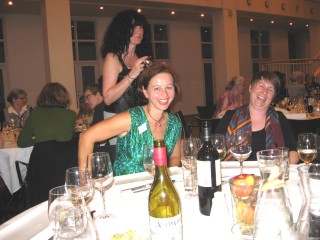 |
| Excursion |
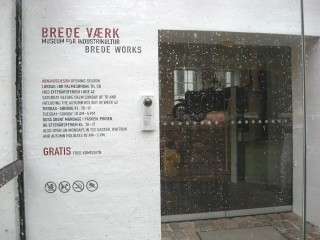 |
The National Museum of
Denmark's new museum, Brede Works, lies in the
countryside just north of Copenhagen in Denmark's
largest, protected industrial plants. The exhibitions
show the industrial development which has changed the
everyday lives of the Danes over the past few centuries. The exhibition Industrial beginnings show the story of the factories and the small communities along the millstream, Mølleåen. Brede Works produced gunpowder, copper and textiles. Brede Manor is part of the industrial complex Brede Works, which is located in the midst of the beautiful nature of the Mill Valley north of Copenhagen. see: http://en.wikipedia.org/wiki/Brede_works |
Around 1900 the
textile factory had grown to a small community with
homes, a crèche, school, shop and dining house. Today the factory complex is also included in the National Museum’s exhibitions. Cloth was produced at the Brede works from 1832 until the works closed in 1956. The stately manor was built in 1795 as the country residence of the owner of the works, the merchant Peter van Hemert (1734-1810) and his family. The country residence has been fully restored in the neo-classical style of van Hemert´s day, complete with the delicate furniture and murals. see: http://bredevaerk.natmus.dk/language/uk/ |
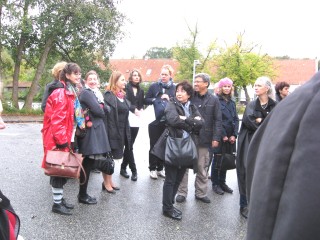 |
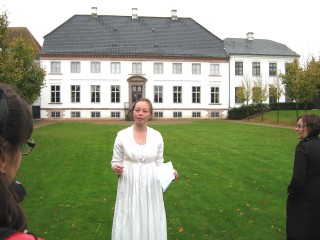 |
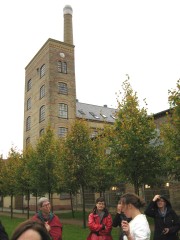 |
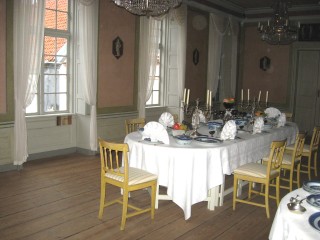 |
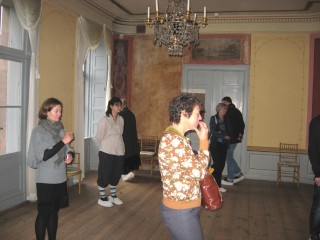 |
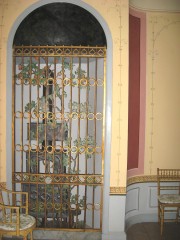 |
| http://bredevaerk.natmus.dk/udstillingerne/brede_hovedbygning/language/uk |
| Conservation Department |
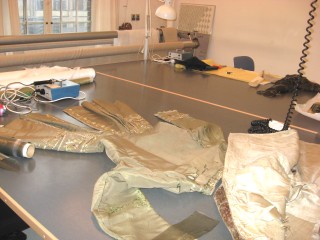 |
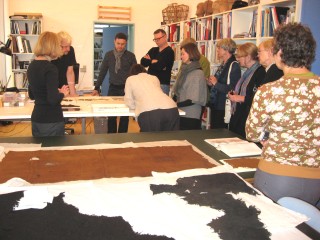 |
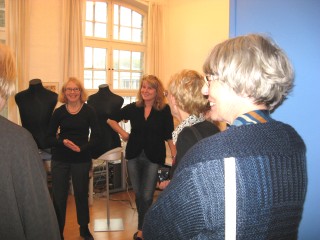 |
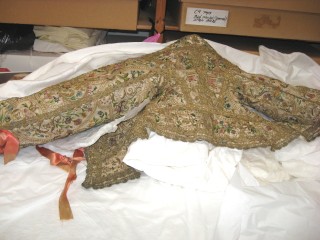 |
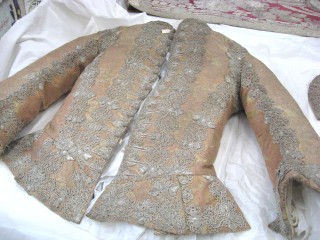 |
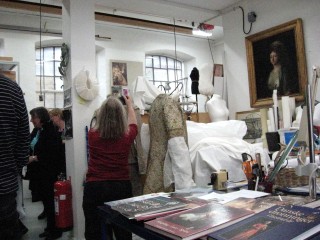 |
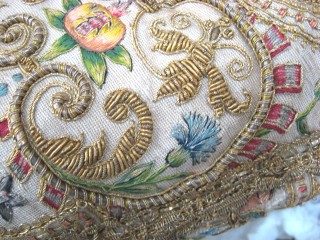 |
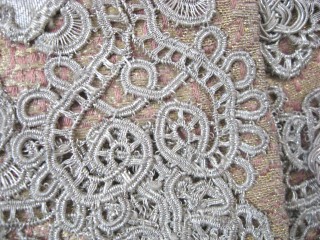 |
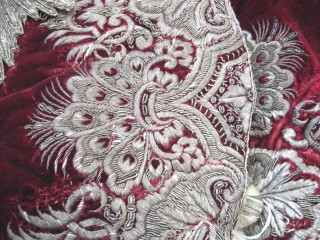 |
The conservation department is located at the Mølleådalen near Brede, 14km north of central Copenhagen. The conservation workshops are housed in a protected factory building, Brede Works, which the National Museum acquired in 1956. |
The last exhibitions Dressed in Time show the history of fashion from top to toe. Almost 200 garments show how the Danes have looked on everyday and festive occasions from the 1700s to the present day."Dressed in Time" presents a number of selected costumes, each distinctive in its own way. |
By no means is it a crash course in the history of fasion but a focus on actual, real-life costumes from certain historical periods. Based on these, we wish to tell actual, real-life stories - stories about the historical importance of the costume, its owner's life, and its own life at the museum. |
| http://bredevaerk.natmus.dk/udstillingerne/krop_og_forklaedning/language/uk |
|
|
|
|
|
|
| Impressions of Copenhagen |
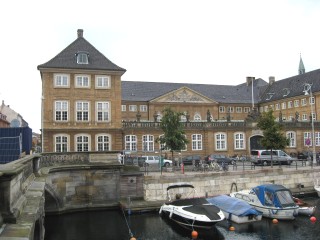 |
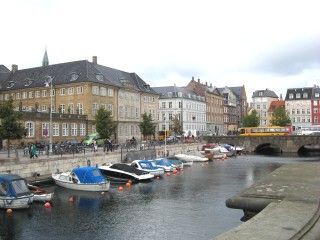 |
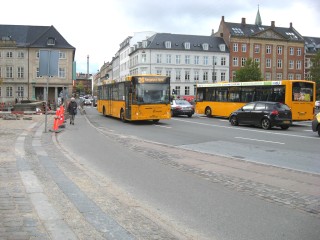 |
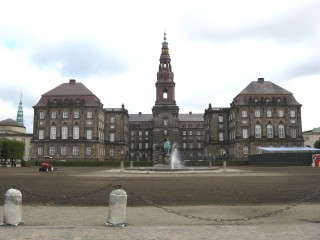 |
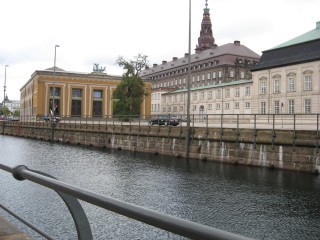 |
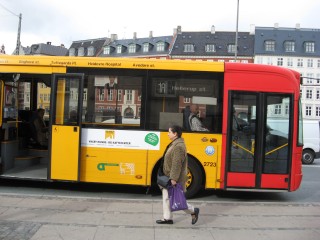 |
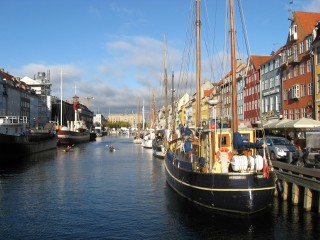 |
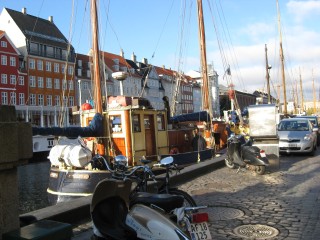 |
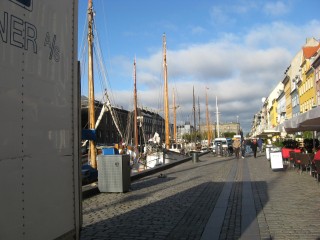 |
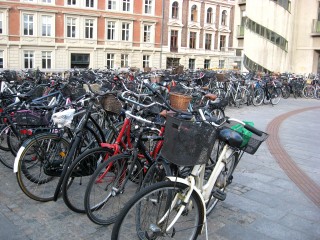 |
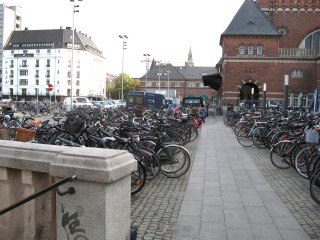 |
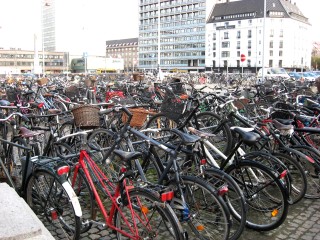 |
| home | Last revised October 12, 2011 |